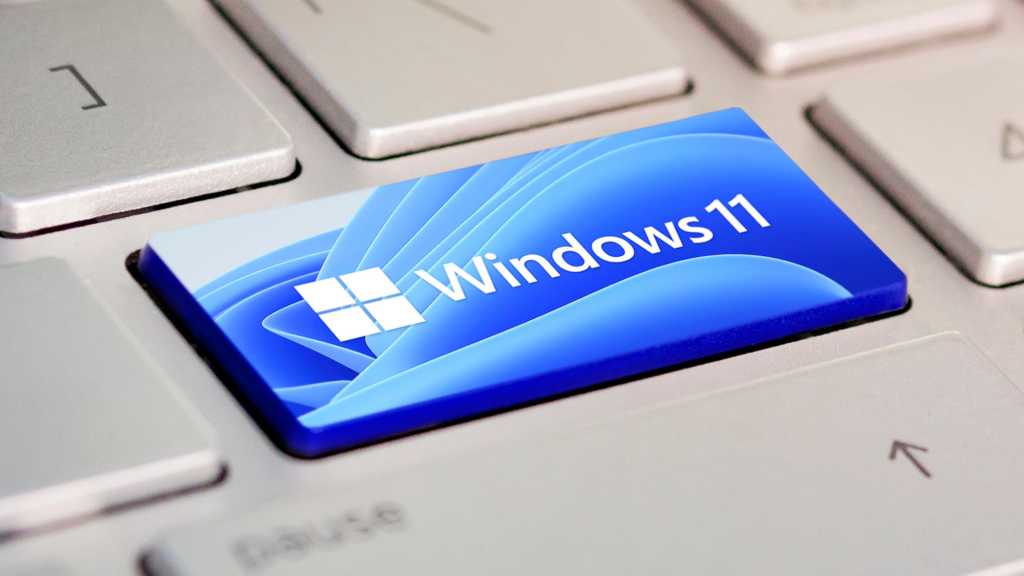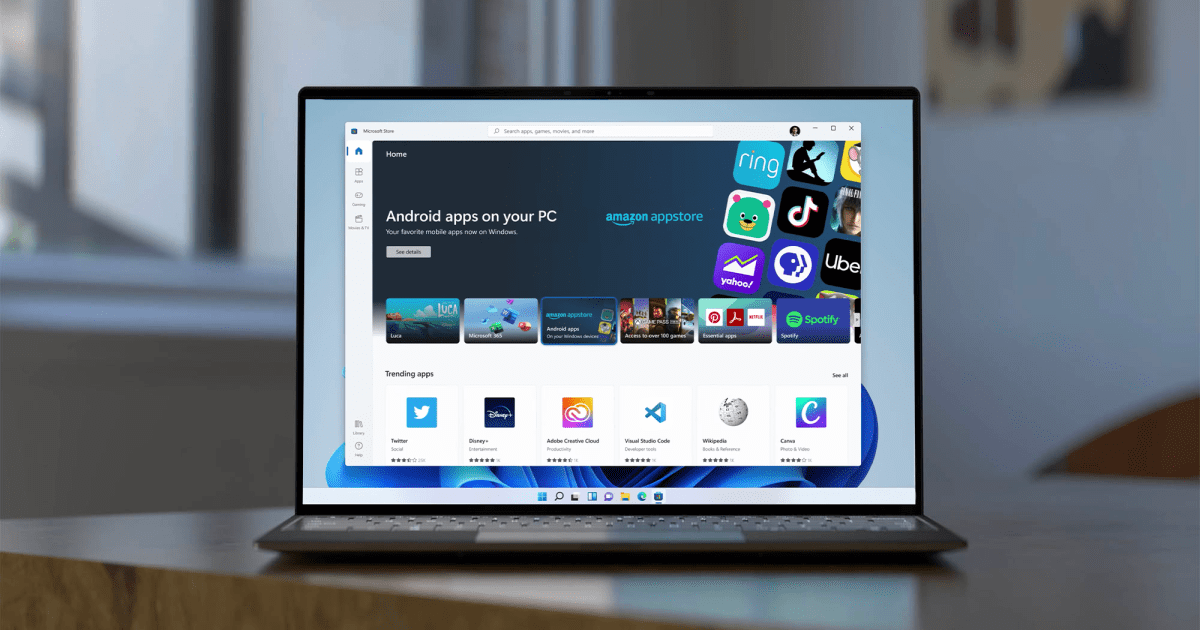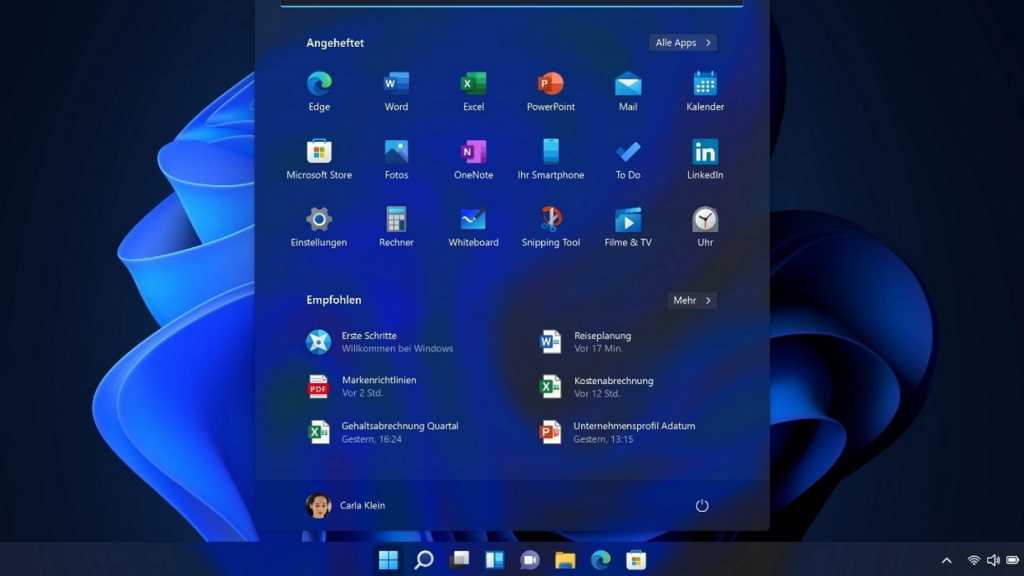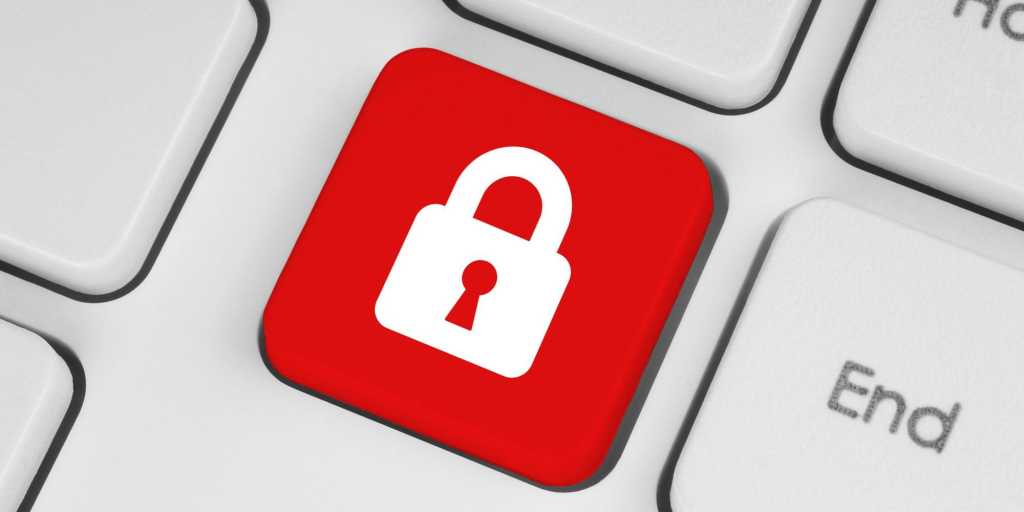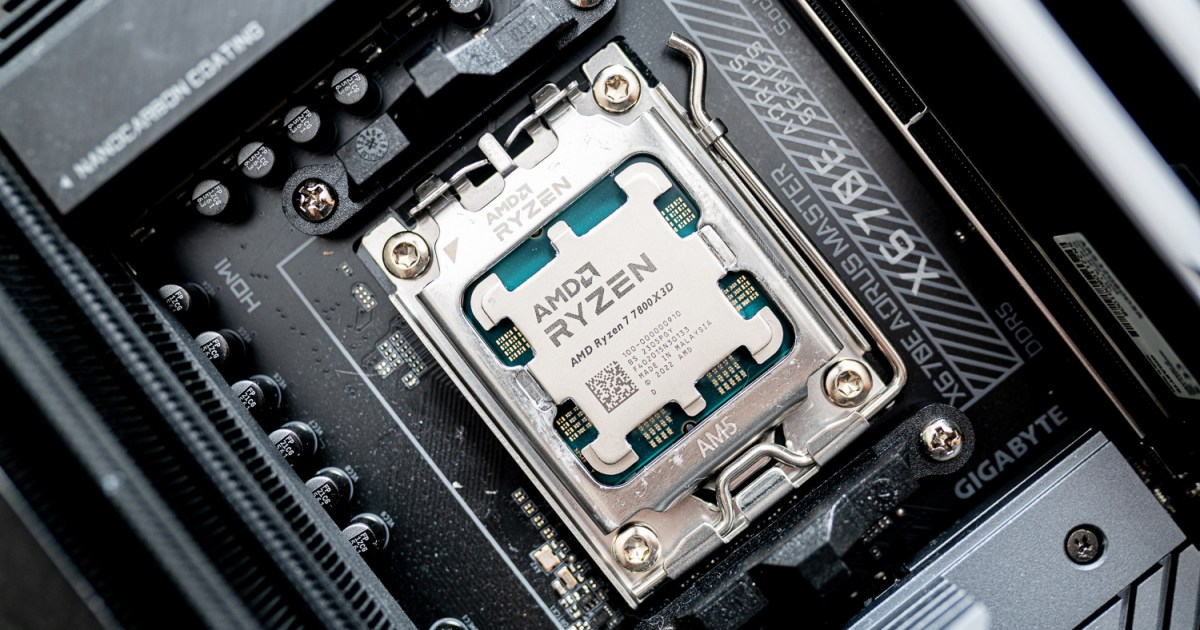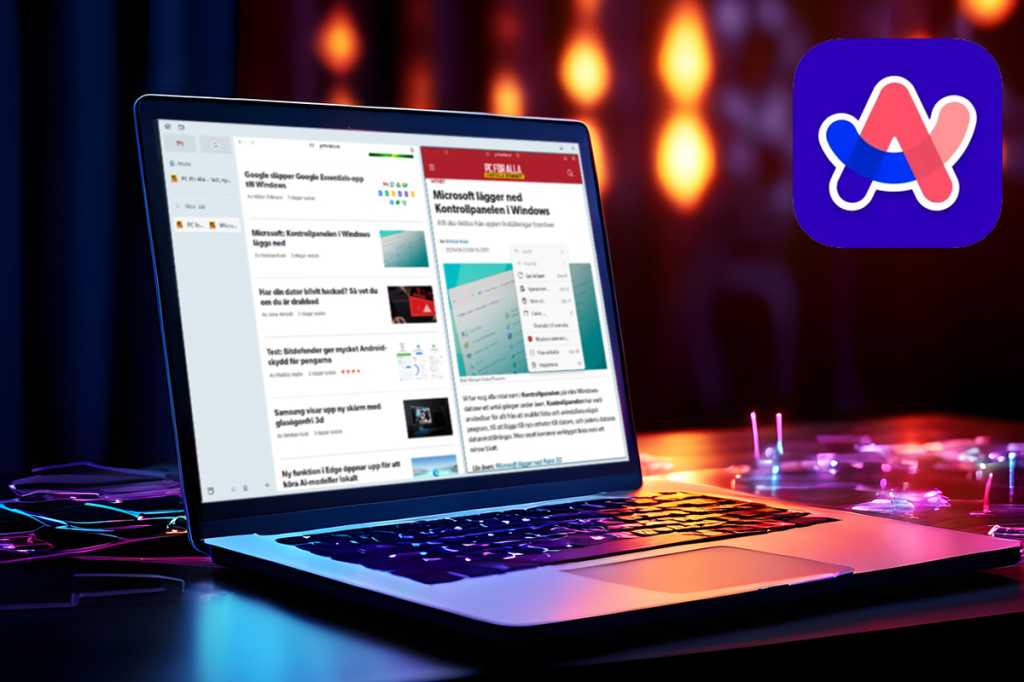Online banking scams are becoming increasingly sophisticated, causing not only financial loss but also significant stress for victims. Recovering lost funds can be a challenging process, highlighting the importance of staying vigilant and recognizing potential threats. This article outlines nine common online banking scams and provides practical advice on how to protect yourself.
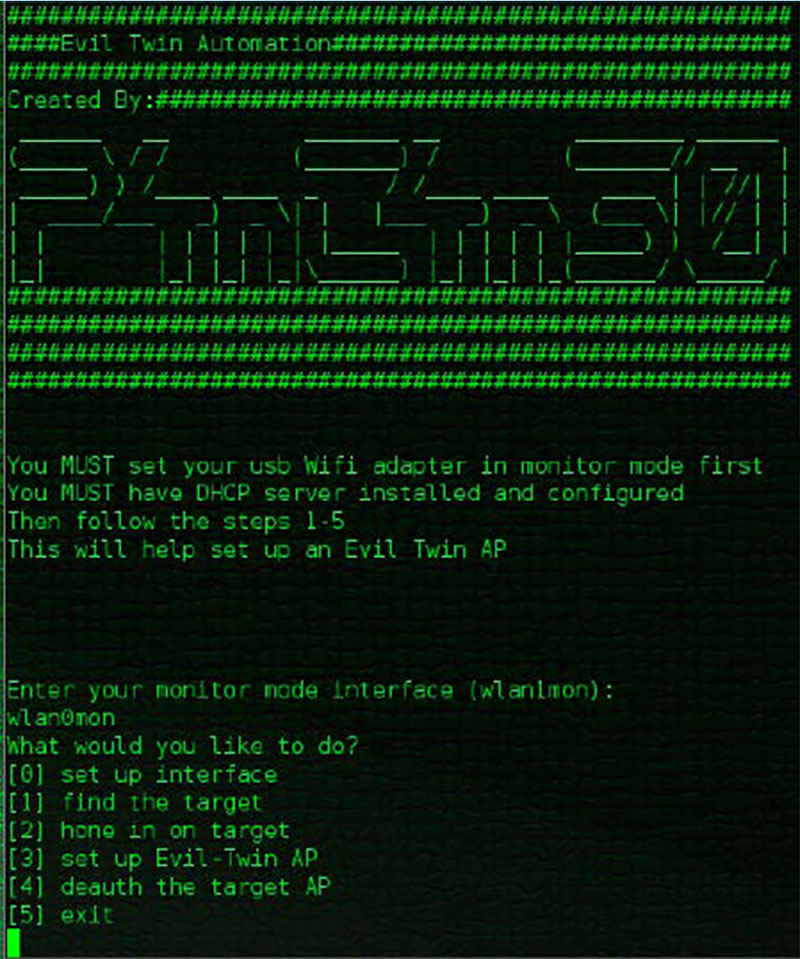 This is an old script that can be used to set up an Evil Twin, a malicious Wi-Fi network mimicking a legitimate one.
This is an old script that can be used to set up an Evil Twin, a malicious Wi-Fi network mimicking a legitimate one.
1. Phishing Emails Disguised as Bank Notifications
Phishing emails often masquerade as legitimate bank communications, using subject lines like “Notice of upcoming direct debit” or “Confirmation of your transaction.” These emails typically mention a moderate sum of money, enough to cause concern but not so large as to raise immediate suspicion. The goal is to trigger an emotional response that prompts the victim to click a link leading to a fake banking website. Once there, victims unknowingly provide their login credentials and transaction authorization numbers, enabling fraudsters to steal their funds.
How to protect yourself: Recognize that fear of financial loss can be exploited by scammers. Always access your online banking directly through your bank’s official app or website, never via links in emails. If in doubt, contact your bank directly.
2. Deceptive Phone Calls from “Bank Employees”
Scammers may impersonate bank employees, police officers, cybersecurity firms, or even tech support, claiming to have detected unusual activity on your account. They might mention “atypical account access,” “strange data streams,” or sensitive information appearing on the darknet. Their aim is to extract personal information, including online banking credentials, credit card details, and even insurance policy numbers, under the guise of preventing financial damage.
How to protect yourself: Be wary of unsolicited calls requesting personal information. Never engage in conversation, instead, ask for the caller’s number and verify their identity independently.
3. The IBAN Trap: Luring Victims with High Interest Rates
The IBAN (International Bank Account Number) trap involves enticing victims with unusually high interest rates on savings accounts. These offers often appear on dubious “financial comparison” websites, promoting an obscure bank with a foreign address. Victims are tricked into transferring their savings to an account controlled by the fraudster, losing their money instead of earning interest.
How to protect yourself: Be skeptical of exceptionally lucrative offers. Verify the legitimacy of the offer and the financial institution through reputable sources before transferring any funds.
4. Banking on Open Wi-Fi Networks: The Danger of “Evil Twins”
Public Wi-Fi networks, while convenient, pose a significant security risk. “Evil twins,” or rogue access points, mimic legitimate Wi-Fi networks, allowing criminals to intercept data traffic and steal sensitive information like passwords and credit card details.
How to protect yourself: Avoid using public Wi-Fi for online banking. If unavoidable, utilize a reputable VPN service to encrypt your data and protect yourself from potential attacks.
5. Smishing: Fake SMS Messages from Your Bank
Similar to phishing emails, smishing uses text messages to deceive bank customers. These messages often exploit two-factor authentication or transaction confirmation processes, prompting victims to click on malicious links.
How to protect yourself: Never click on links in SMS messages purporting to be from your bank. Verify any suspicious activity by accessing your online banking directly through the official website or app.
6. Man-in-the-Middle Browser Attacks: Manipulating Transactions
Man-in-the-middle attacks involve malware infecting a victim’s browser, often through unpatched security vulnerabilities or disguised as legitimate software. This malware intercepts and manipulates online banking transactions, altering transfer details like the amount and recipient without the user’s knowledge.
How to protect yourself: Keep your browser and operating system updated, install a reliable antivirus program, and avoid downloading software from untrusted sources.
7. Session Hijacking: Taking Over Your Online Banking Session
Session hijacking exploits browser or operating system vulnerabilities to steal a user’s session ID during an online banking session. With this ID, criminals can take complete control of the user’s online banking activities.
How to protect yourself: Maintain updated software and always log out and close your browser window after completing online banking transactions.
8. High Transaction Limits: A Target for Fraudsters
High transaction limits can be exploited by criminals who gain access to your online banking. With just one stolen TAN (transaction authorization number), they can potentially drain your entire account balance.
How to protect yourself: Set a reasonable transaction limit and temporarily increase it only when necessary, resetting it immediately afterward.
9. Outdated Operating Systems: A Security Vulnerability
Outdated operating systems, like Windows XP and 7, are vulnerable to security exploits as they no longer receive security updates. Cybercriminals actively target these vulnerabilities.
How to protect yourself: Upgrade to a supported operating system or conduct online banking transactions through a smartphone, which generally has fewer malware threats.
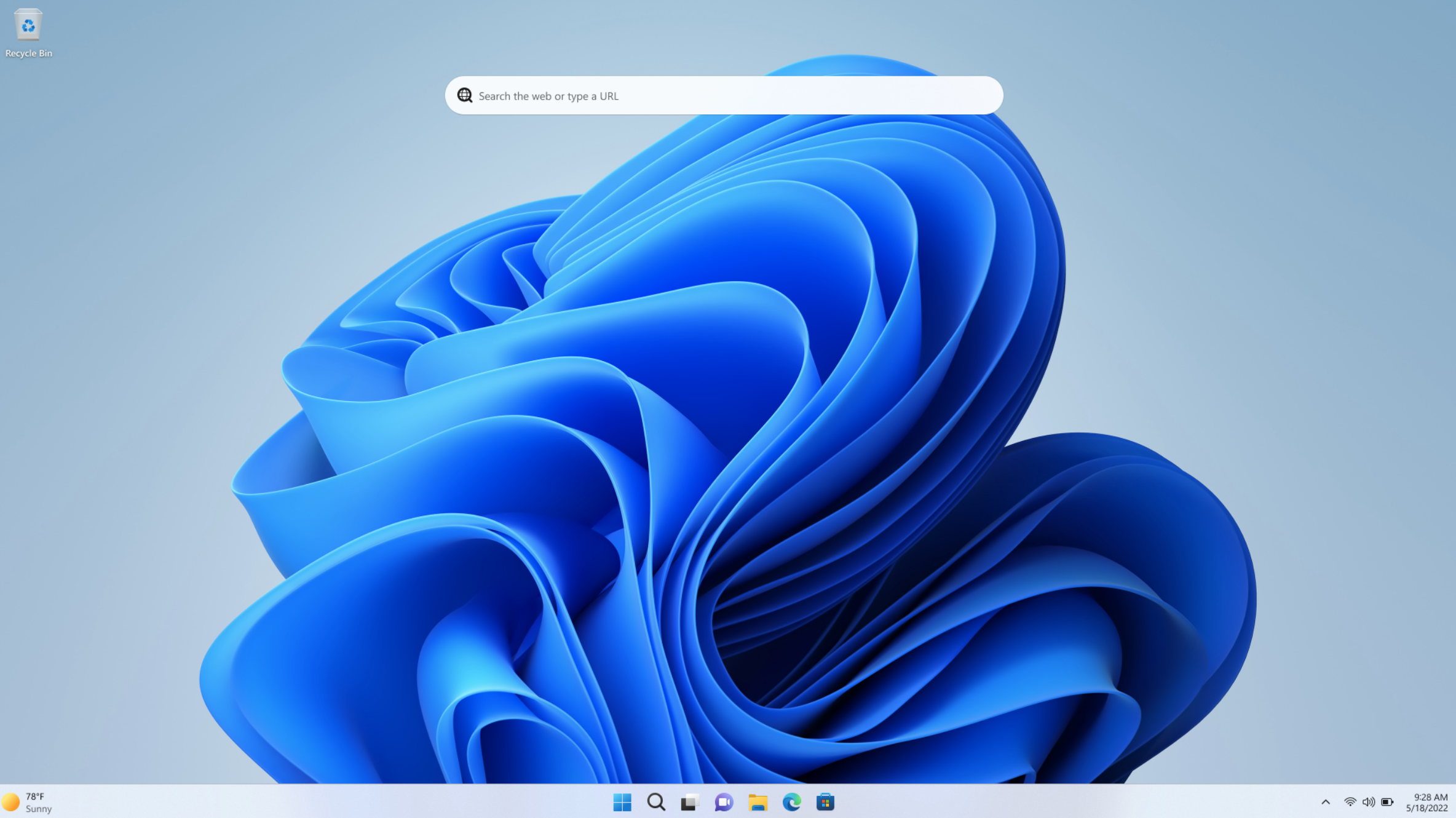 Windows 11 Pro
Windows 11 Pro




